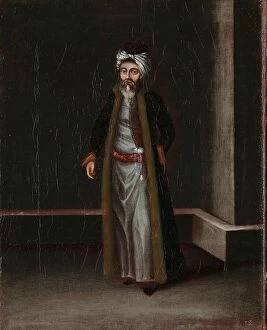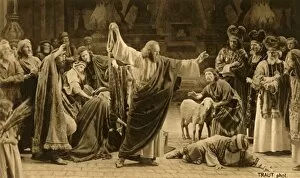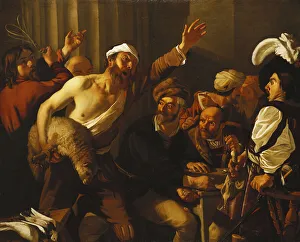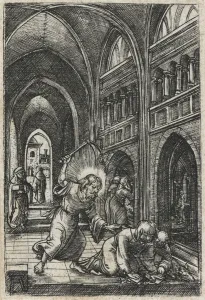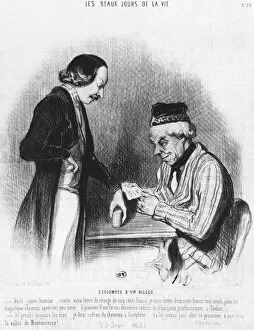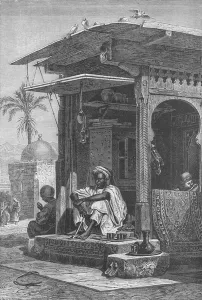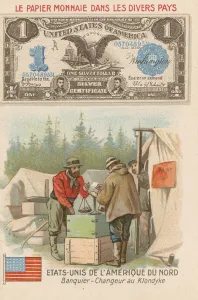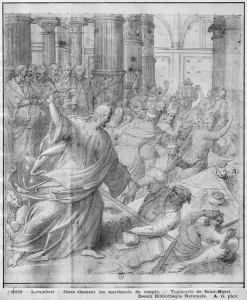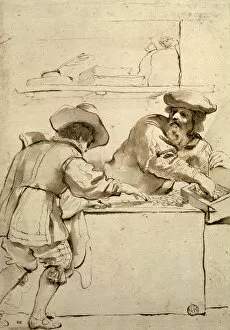Moneychanger Collection
In the mid-19th century, the concept of moneychanging was not a new phenomenon
All Professionally Made to Order for Quick Shipping
In the mid-19th century, the concept of moneychanging was not a new phenomenon. As depicted in Henry Traut's painting "Expulsion of the Moneylenders, " it is evident that even during Christ's time, there were concerns about turning places of worship into houses of merchandise. The famous artwork "Christ Driving the Moneychangers from the Temple" by an unknown artist in 1621 captures this pivotal moment when Jesus took action against those exploiting religion for personal gain. This oil on canvas masterpiece reminds us of the importance of maintaining sanctity within sacred spaces. Similarly, an engraving from around 1519 titled "Christ Expelling the Moneychangers from the Temple" showcases another interpretation of this event. The detailed engravings highlight how deeply rooted and widespread this issue had become at that time. Moving forward to September 30th, 1844, we see a different aspect of moneychanging through a black and white photograph called "Discounting a Note. " This lithograph depicts individuals engaged in financial transactions, emphasizing how moneychanging became an integral part of everyday life during that era. From ancient times to more recent history, various cultures have practiced moneychanging. An engraving titled "Money-changer at Siout" provides insight into Egyptian society while a colorful photograph captures a Jewish moneychanger immersed in his trade. These images remind us that monetary exchange has transcended boundaries throughout history. Even during Klondike's gold rush period in Alaska, USA, bankers and moneychangers played significant roles as shown in a chromolitho print aptly named "Banker and Moneychanger. " It reflects how these professionals adapted their services to meet evolving economic demands. Interestingly enough, even archaeological finds shed light on this profession. A fragment from Rome's Viale del Re reveals an intricately carved sarcophagus depicting a moneychanger—an unexpected but compelling testament to their societal presence centuries ago.


